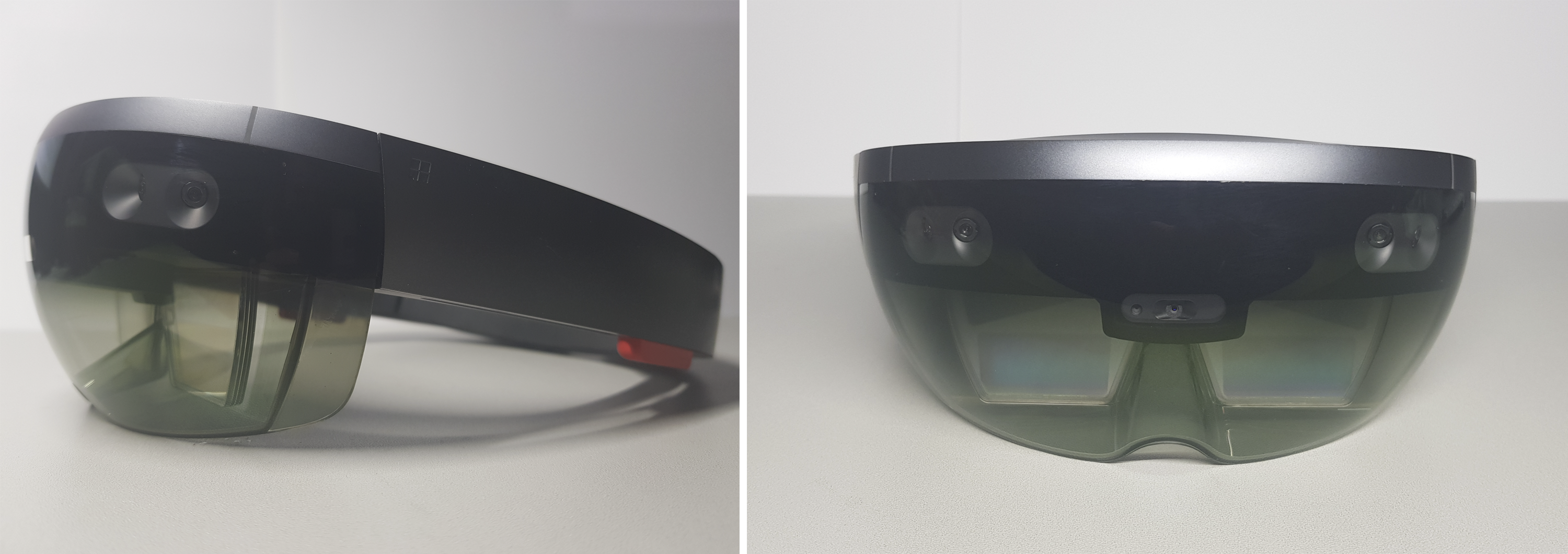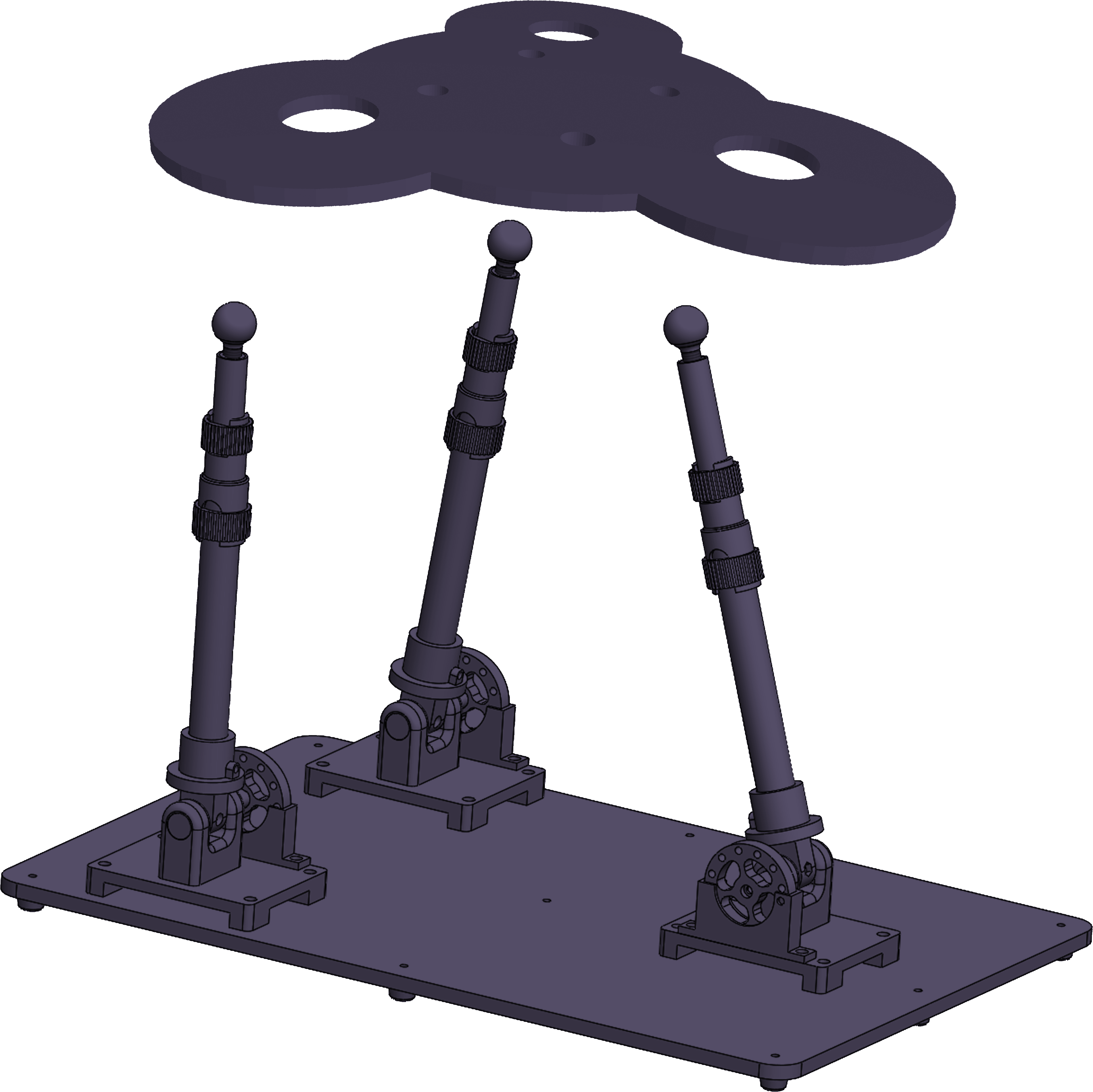


The XRI application was designed and developed with user-friendly menus and voice command to make the inspectors work routine as seamless and intuitive as possible, enabling hands-free access to data while taking measurements.

Using microcontroller and Bluetooth, the team enabled wireless communication between the micrometre (the measurement tool used by the inspector) and the XRI application running on the HoloLens, making the inspection process even smoother. This way the measurement value from the micrometre is displayed in the HoloLens and registered directly in the application.

Another feature demonstrated by our team is barcode recognition. This concept can optimize the process of selecting parts by simply looking at a binary pattern that uniquely identifies a given part through the HoloLens instead of scrolling through lists of data.
The XRI application not only discards manual notation of the measurements but it replaces paper schematics all together by projecting digital replicas of the composite parts and allowing the user to interact with the measurement points.

The reliability and documentation of the quality assurance process is improved by an automatic image capturing the moment the measurement takes place. The images are stored along with measurement data, ready for an inspection report.
To advance the holographic guidance and indicate where to measure on a physical part, we explored the complex feature of overlaying AR content onto physical objects and established guidelines for camera calibrations for precise image recognition and tracking. To assess the computer vision feature and to ensure the accurate alignment of AR content onto the parts, we created a dynamic multi-axis fixture capable of locking panels of any sizes in specific positions.

The important question is, what now? Well, anything really. If one can use XR technology in an industrial setting, then imagine a doctor receiving patient information in front of their eyes and retail customer service checking the inventory on the spot for the customer — all others are begging to be the next.